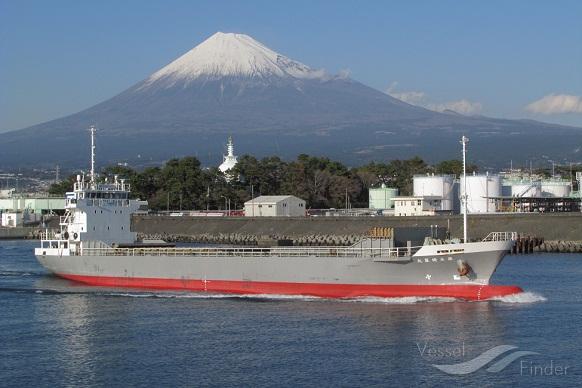Ships have been used for aeons to cross the vast watery expanse which makes up most of the planet we call home. Starting of as small, light, wooden craft, they have gradually grown and morphed into the giant masterpieces of technological innovation we see today.

The technology contained within these ships is something to behold, and they now include a huge range of gadgets and systems, from navigational lights to long-range tracking and identification systems. As such, here are some of the crucial parts which make up a modern day vessel.
Bridge/Pilothouse
This could easily be referred to as the brain of any ship, given that it controls virtually every aspect of its running, from steering to navigation. It is usually one of the highest points of the ship, allowing those contained within to see for miles ahead, and make decisions accordingly.
On modern day vessels, these parts of the ship are usually filled with computers displaying various data, as well as containing many of the senior members of the crew, who are presiding over the ship’s operations.
Radar
It may not necessarily be a modern technology per se, but radar is as crucial to vessels now as it ever was, and continues to be used on a continuous basis by most. This innovation allows ships to determine how close they are to land, other ships, and any floating objects, without necessarily having visuals on them (at night, for instance).
This helps to avoid crashes, as well as helping the crew to plot the best possible course when navigating. It is likely that radar will continue to be used on all vessels for the foreseeable future, which is testament to its creators.
Electrical System
All modern day vessels will have an electrical system of some sort, often filled with a myriad of electrical parts akin to those you may find from a supplier like RS Components, but on a larger scale. This electrical system allows everything on the ship to function, like the heating, lighting, computers and virtually anything else.
It is now often powered by the diesel engine, increasing overall fuel consumption efficiency. One of the pieces of technology which has facilitated this is known as a shaft power generator, and now hybrid shaft generators are often being installed to further improve the engine’s capability and efficiency when powering the electrical system.
Engine
It would be unfair to exclude the importance of a ship’s engine in its list of crucial parts. Hundreds of years ago, ships were powered using human labour (rowing), but now the crew can relax as modern, powerful engines do all the hard work.
From the GE LM2500 Marine Gas Turbine to the Wartsila 32 Engine, there are now numerous, large engines used to power a variety of different vessels/vessel types, enabling sea travel as we know it.
Modern-day sea vessels are a feat of engineering, having been developed over decades to become the behemoths of today. It will certainly be intriguing to see what these modern masterpieces look like after another decade of technological innovation.